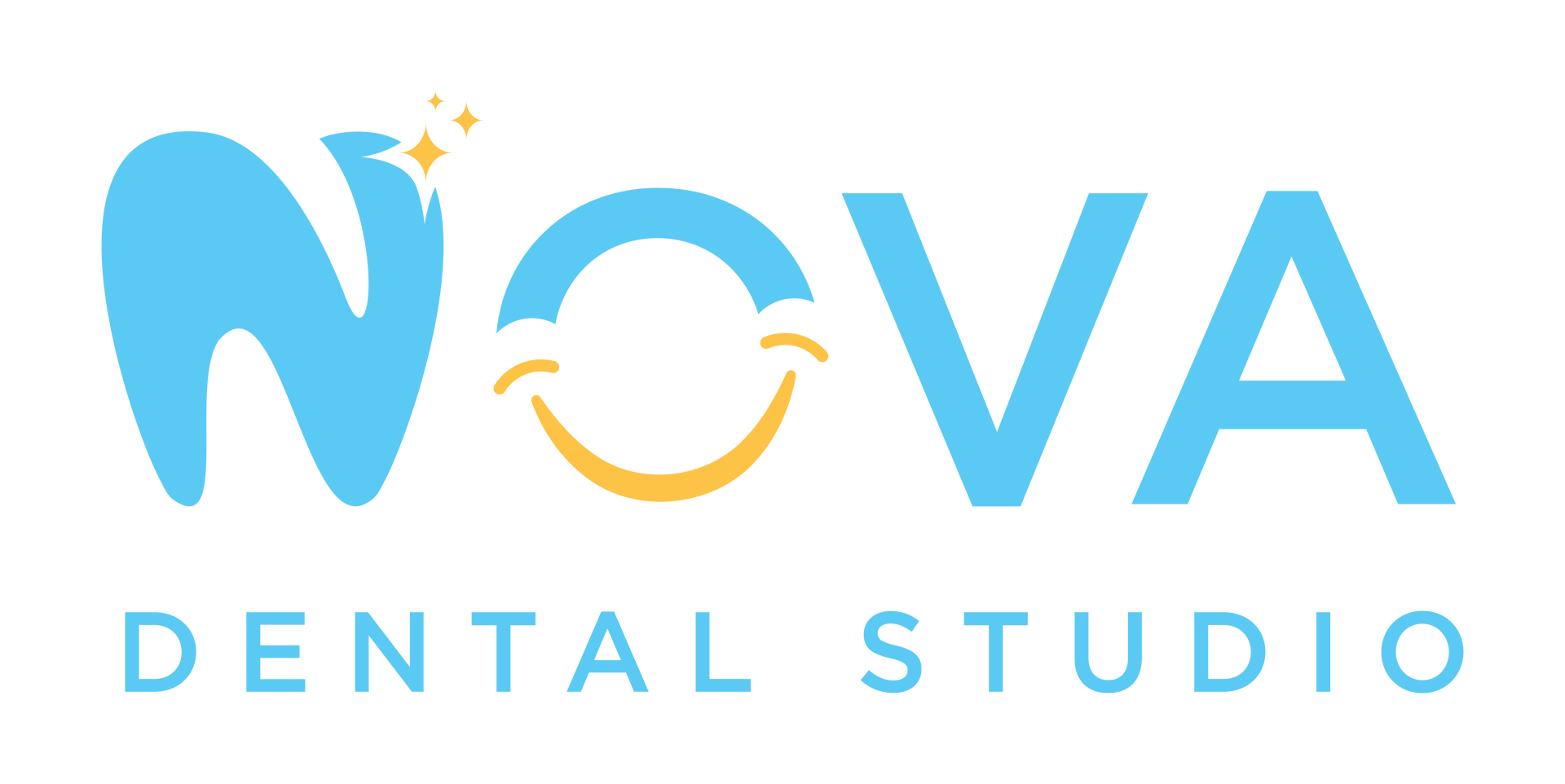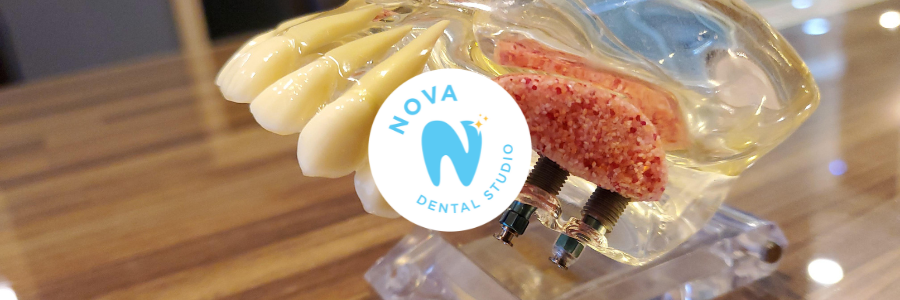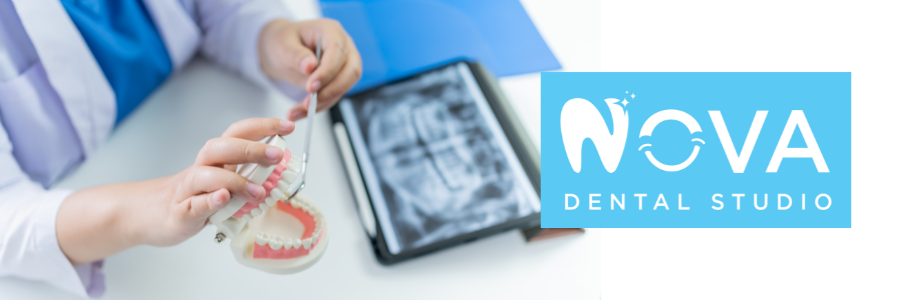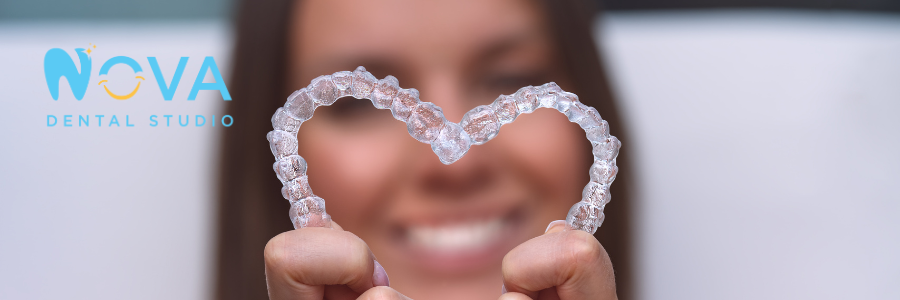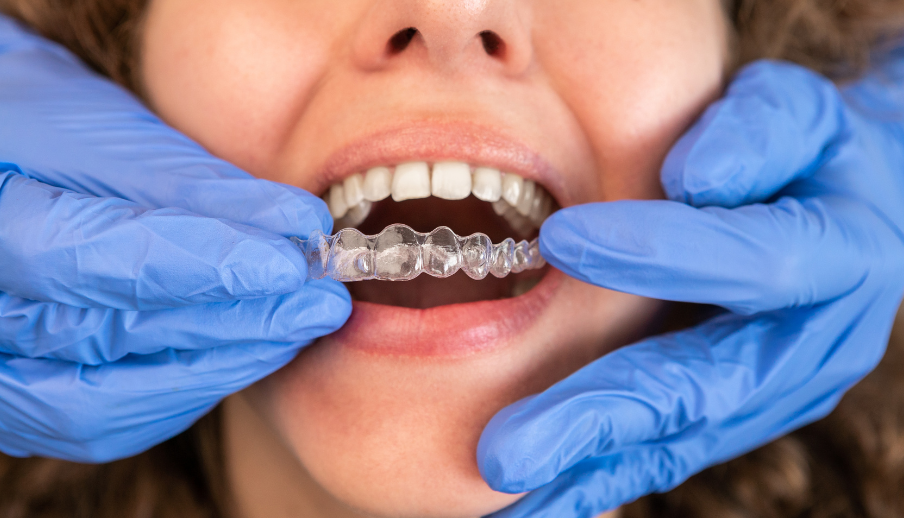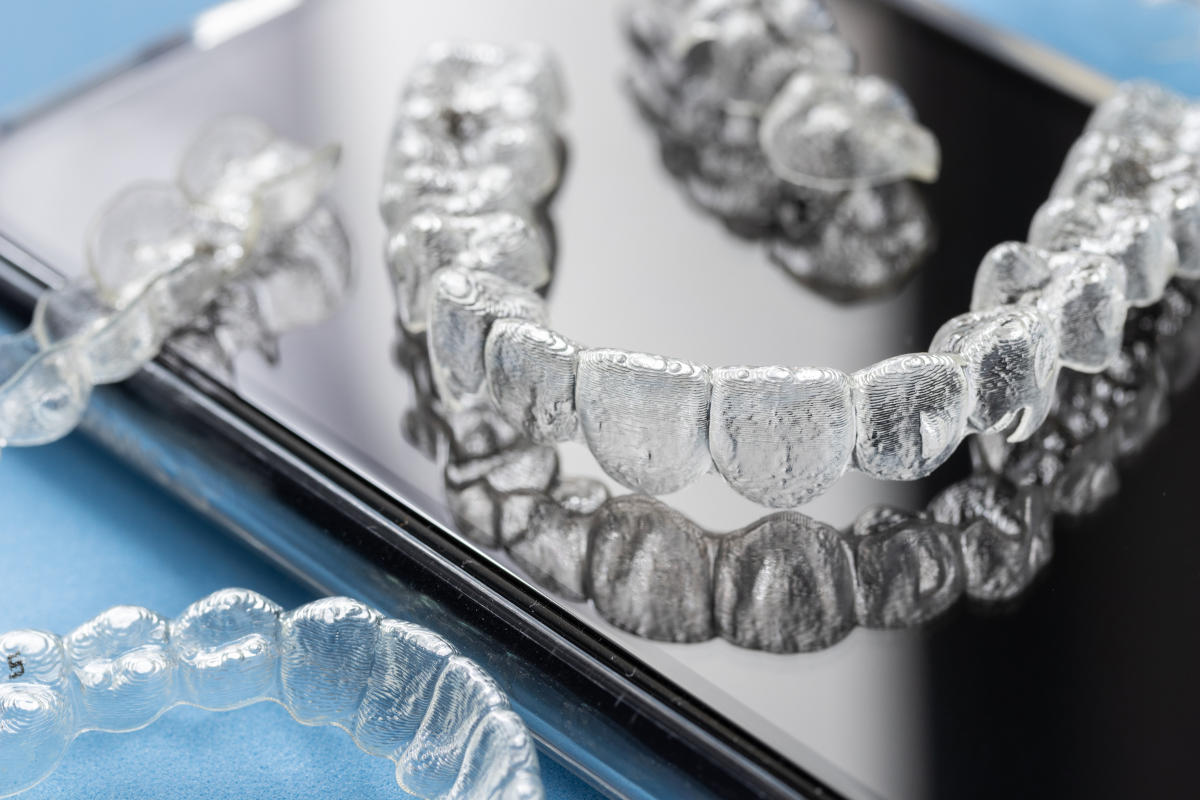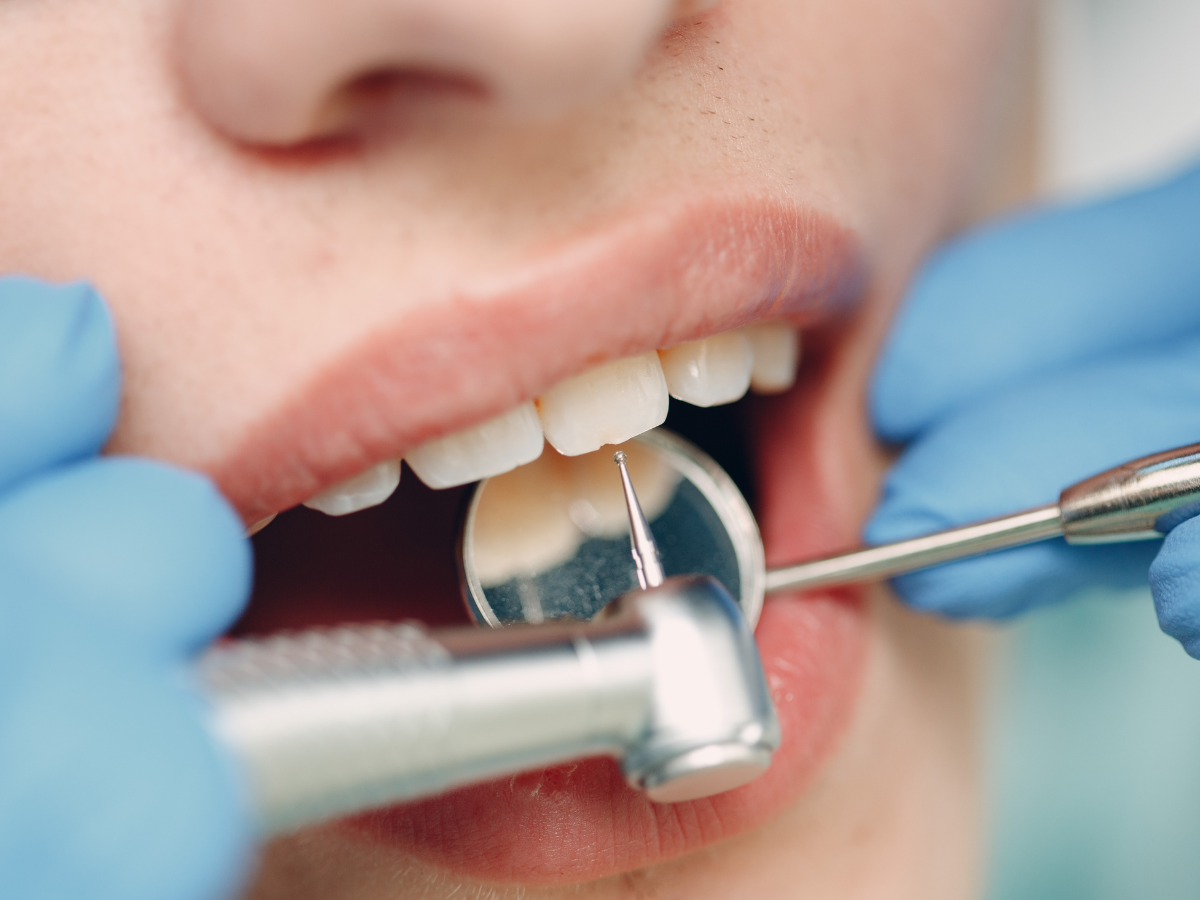What are the three types of dental implants?
1. Endosteal Implants
Endosteal implants are the most common type of dental implant used today. They are surgically placed directly into the jawbone. Think of them as artificial tooth roots that provide a strong base for replacement teeth.
These implants are typically made of titanium, a material known for biocompatibility, meaning the bone readily accepts it. The process usually involves a few stages. First, the implant fixture, which looks like a small screw, is placed into the jawbone. After a healing period, during which the bone fuses with the implant (a process called osseointegration), a connector piece called an abutment is attached. Finally, the artificial tooth, or crown, is secured to the abutment.
Here’s a general overview of the process:
- Surgical Placement: The dentist makes an incision in the gum to expose the jawbone and drills a small hole to place the implant screw.
- Osseointegration is the critical healing phase in which the jawbone grows around and integrates with the titanium implant. This process can take several months.
- Abutment Placement: A small post (abutment) is attached once the implant is stable.
- Crown Placement: The custom-made crown is then attached to the abutment, completing the restoration.
Nova Dental Studio works with patients to determine if endosteal implants are the right choice for their needs, considering factors like bone density and oral health.
The success of endosteal implants relies heavily on the quality and quantity of the patient's jawbone. If there isn't enough bone, bone grafting procedures might be necessary before implant placement. This ensures the implant has a solid foundation for long-term stability.

2. Subperiosteal Implants
Subperiosteal implants are a bit different from the more common endosteal type. Instead of going into the jawbone, these implants sit on top of the bone, right under the gum tissue. Think of it like a frame that rests on the jawbone. This type of implant is usually made of metal, often titanium, and has posts sticking up through the gums. Dentures or bridges can then be attached to these posts.
This approach is typically considered when a patient doesn't have enough healthy jawbone to support an endosteal implant, or when bone augmentation procedures are not ideal. It's a way to provide a stable base for replacement teeth without significantly rebuilding the jawbone. The process involves:
- Taking detailed scans or impressions of the jawbone and surrounding tissues.
- Customizing a metal framework to fit precisely over the bone.
- The framework is placed on the jawbone, under the gum line.
- Attaching the artificial teeth to the posts that extend through the gums.
While less common today due to advancements in bone grafting and other implant types, subperiosteal implants were a significant option for many years. For those considering implant options, consulting with a dental professional at Nova Dental Studio can help determine the most suitable treatment plan based on individual needs and bone structure.
3. Zygomatic Implants
Zygomatic implants are specialized dental implants used when a patient has significant bone loss in the upper jaw, making traditional implants unsuitable. Instead of anchoring into the jawbone, these longer implants are secured into the cheekbone, also known as the zygoma. This approach allows for the placement of dental prosthetics even in cases where there isn't enough natural bone in the maxilla.
This technique is particularly beneficial for individuals who have experienced severe bone resorption due to periodontal disease, trauma, or congenital conditions.
The procedure involves several key steps:
- Assessment: A thorough examination, including detailed CT scans, is performed to evaluate the patient's anatomy and plan the implant placement precisely.
- Surgical Placement: The zygomatic implants are carefully inserted at an angle, connecting the upper jaw to the dense cheekbone.
- Prosthetic Restoration: Once the implants have healed, a custom-made dental bridge or denture is attached, restoring the patient's smile and chewing function.
While more complex than standard implant procedures, zygomatic implants offer a reliable solution for many patients who might otherwise be told they are not candidates for dental implants. Nova Dental Studio has experience with these advanced procedures, helping patients regain their oral health and confidence.
This method bypasses the need for extensive bone grafting in many situations, which can reduce treatment time and discomfort for the patient during recovery. It's a significant advancement for restorative dentistry.

Wrapping Up Your Implant Options
So, we've looked at the main ways dental implants are done. There's a solution out there, whether it's the standard endosteal type, the less common subperiosteal, or the newer zygomatic implants for more challenging cases. It's good to know your choices when you're thinking about replacing missing teeth. Talking with your dentist is the next step, of course. They can figure out which implant method is the best fit for your mouth and your health. It’s all about getting you a strong, natural-looking smile back.
FREQUENTLY ASKED QUESTIONS
What services does Nova Dental Studio offer?
We offer a full range of services, including preventive care (cleanings, exams), restorative treatments (fillings, crowns, implants), and cosmetic dentistry (veneers, teeth whitening, Invisalign). We also provide specialized services like full-mouth reconstruction and TMJ treatments.
How often should I get a dental check-up and cleaning?
We recommend visiting us every six months for a routine check-up and professional cleaning. Regular visits help us prevent future issues and maintain your long-term oral health.
Do you accept dental insurance?
Yes, we work with many dental insurance providers. We will help you understand your benefits and assist in filing claims to make the process as smooth as possible.
What is a dental implant?
A dental implant is a durable, long-term solution for missing teeth. It consists of a small titanium post surgically placed into the jawbone to act as an artificial tooth root. A custom crown is then placed on top to complete your smile.
How long does the dental implant process take?
The timeline for dental implants varies depending on the individual case. The process typically involves a few stages and can take several months, including the time needed for the implant to fuse with your jawbone (osseointegration).
Is the dental implant procedure painful?
Our team prioritizes your comfort. We use advanced technology and a compassionate approach to make the procedure as comfortable as possible. We use local anesthesia, and most patients report feeling minimal discomfort.
What is the "Nova Smile Design" process?
Our Nova Smile Design is a personalized process using advanced digital tools and a comprehensive analysis of your facial features to create your ideal smile. We consider factors like your facial structure, age, and personal preferences to ensure your new smile is beautiful and natural-looking.
How do I know if I'm a candidate for Invisalign?
Invisalign is an excellent option for many people looking to straighten their teeth without traditional braces. The best way to determine if you are a candidate is to schedule a consultation with Dr. Nova Li, who can assess your needs and create a personalized treatment plan
What types of teeth whitening do you offer?
We offer professional in-office teeth whitening with Zoom! Whitening for dramatic results in a single visit and take-home whitening kits for a more gradual and convenient option. Both methods are safe and effective.
Disclaimer: Nova Dental Studio and its affiliates are not responsible for any actions taken based on the information provided in this blog. We strongly advise you to seek the guidance of a professional for any dental health concerns.

